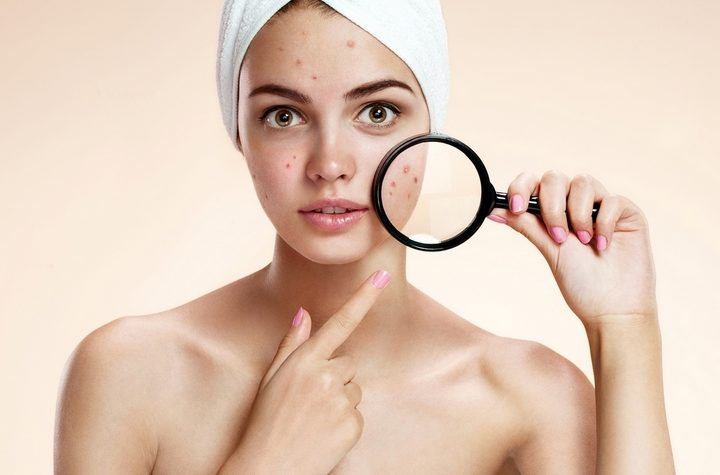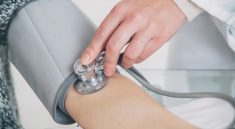Acne is a rite of passage growing up, but some people suffer from it throughout their lives. While it can be a small blemish that disappears over time, some acne outbreaks leave permanent scars and affect your day-to-day social life.
Acne can appear mild, with a white or black head, to severe with pus-filled nodules under the skin surface. If you pick them, scars are more likely to develop. Some severe acne outbreaks will leave a lasting mark. The best thing you can do for your skin and acne scars is to get on a cosmetic clinic treatment plan. They will rejuvenate your appearance and help you love the skin you are in!
Here are the six different types of acne scars that can develop:
Type #1: Keloid & Hypertrophic Scars
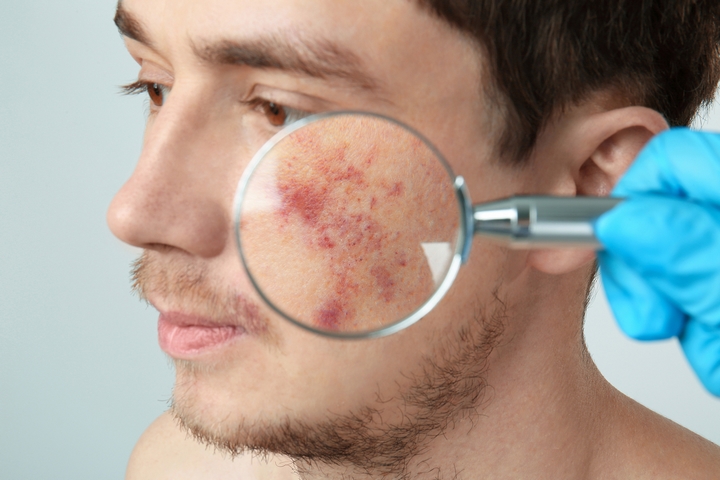
When the body is healing itself from inflammation, it overproduces cells. These keloid and hypertrophic scars appear as a raised bump from excess collagen. Hypertrophic scars stay around the same size as the original acne spot and tend to show up as body acne rather than on the face.
Keloid scars produce a bigger scar as they grow larger than the acne spot itself. Both commonly show up around the back, chest, shoulders and jawline. These scars are more likely to develop in people with darker skin pigmentation.
To help with scar healing, you can use:
- Retinoids
- Cortisone shots
- Laser treatment
- Surgery
Type #2: Icepick Scars
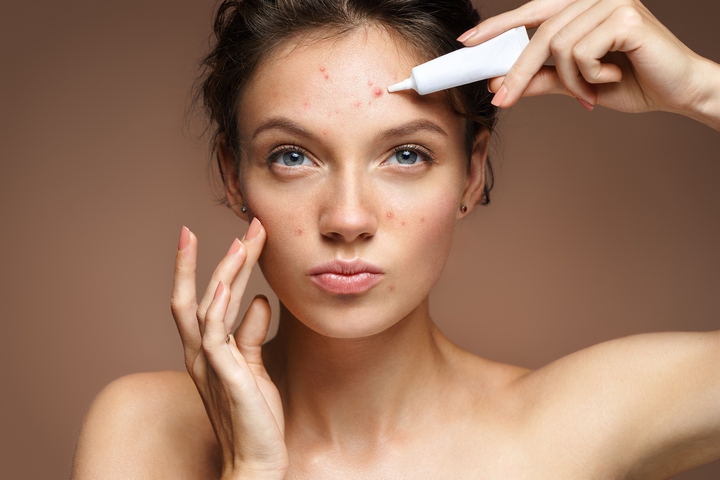
Icepick scars present as a depression left behind after acne when the skin loses collagen from the skin collapsing. It is considered atrophic or depressed and sunken, and they appear like a pin prick in the skin with deep pits. You will usually see these in the cheeks, which are challenging to treat.
Treatment for icepick scars is with grafting or excision and chemical peels.
Type #3: Boxcar Scars

Similar to the icepick scars, boxcar scars are atrophic. They are shallow but much wider in their depression and have defined, sharp edges like chicken pox. These scars are harder to treat and result from inflamed or irritated pustules.
Effective treatment includes dermabrasion, fillers or excision of the scar with the edges sutured.
Type #4: Rolling Scars
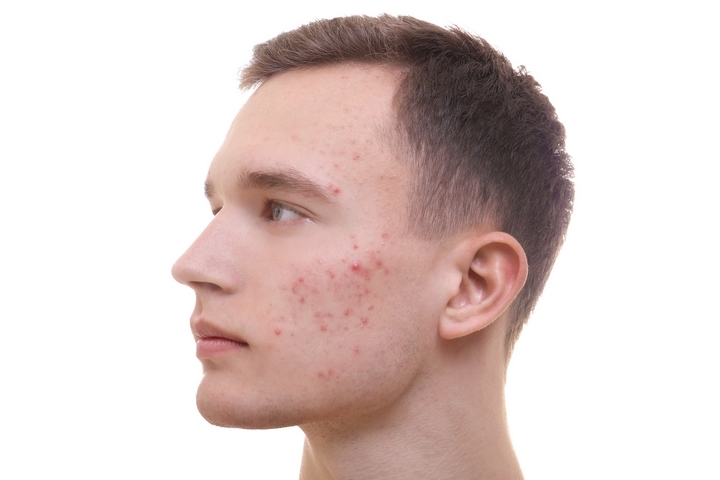
Rolling scars are another atrophic scar that forms as waves or are saucer-shaped with smooth shoulders and are fairly shallow. They are also wider without any defined edges and are more common in men and those with inflammatory acne that is long-term. As the skin loses its elasticity with age, rolling scars can appear more prominently.
Treating rolling seas involves:
- Subcision
- Microneedling
- Laser
Type #5: Hyper Pigmentation

This is a discolouring skin condition where you have damaged skin from severe acne, or the outbreaks have been picked. It can range from pink or red to tan or brown and more commonly occurs in people with darker skin due to more melanin. Over time this will heal, and your natural skin colour will return.
You can use retinol, glycolic acid or salicylic acid to speed up the recovery.
Type #6: Post-Inflammatory Hyperpigmentation
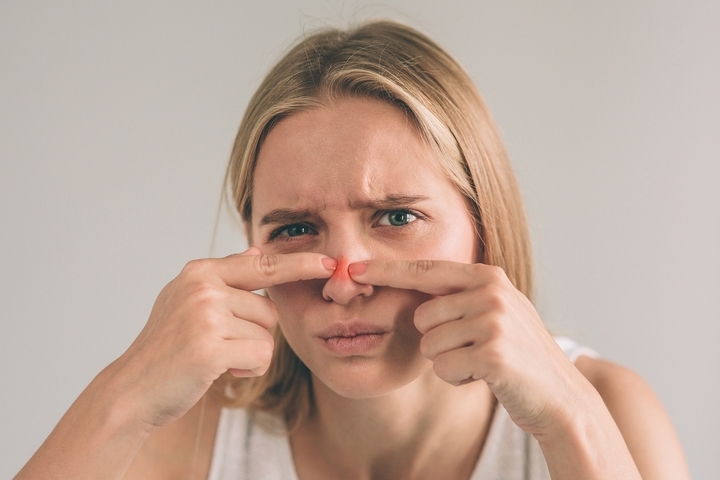
After your acne healing, inflammation may leave behind some extra skin pigmentation. This excess melanin causes darker areas on the skin but will fade over time.
You can treat the skin with chemical peels, laser resurfacing and topical treatment to speed things up and make sure to protect your skin from the sun with a good 30+SPF sunscreen.
Visit a qualified dermatologist to make a quick and lasting recovery and heal from acne scarring. They have many effective treatments and procedures to help you out, including:
- Derma Fillers: These are injectable fillers like hyaluronic acid for a temporary fix.
- Dermabrasion: Removing the top layer of skin to signal new, smoother growth
- Steroid Injections: They help reduce the size and soften scars.
- Chemical Peels: For milder scarring, this removes the top layers of skin and encourages new growth.
- Subcision: Breaking away scar tissue to allow new skin to raise in its place
- Laser Resurfacing: Treating layers of skin with lasers to promote skin growth.
- Punch Grafting: Cutting the scar out and grafting skin from elsewhere on the body.
- Punch Excision: Cutting the scar out and stitching the wound together to minimize the scar.
- Micro-needling: The use of small needles to promote collagen production to fill in deep scars
- TCA Cross: This involves applying trichloroacetic acid on the scar to promote collagen production for a reconstruction of the scar
You can also use home treatments to promote collagen production and smooth pigments. Even for these DIY treatments, you should talk to a dermatologist for advice and help you treat acne scars and understand the procedures required to cover and clear them up.

